| [1] |
黄 英, 符必昌. 确定土的最大干密度和最优含水率的数解法[J]. 岩土工程学报, 2002,24 (4): 538–540. (HUANG Ying, FU Bi-chang. Thenumerical solutions of maximum dry density and optimum water content of soil [J]. Chinese Journal of Geotechnical Engineering, 2002,24 (4): 538–540. (in Chinese))
|
| [2] |
JESMANI M, MANESH A N,HOSEINI S M R. Optimum water content and maximum dry unit weight of clayey gravels at different compactive efforts[J]. Electronic Journal of Geotechnical Engineering, 2008, 13L.
|
| [3] |
BLOTZ L R, BENSON C H,BOUTWELL G P. Estimating optimum water content and maximum dry unit weight forcompacted clays[J]. Journal of Geotechnical and Geoenvironmental Engineering,1998,124 (9): 907–912.
|
| [4] |
BARDEN L.Consolidation of clays compacted ‘dry’ and ‘wet’ of optimum water content[J].Geotechnique, 1974,24 (4): 605–625.
|
| [5] |
张志权, 王志勇. 最大干密度和最优含水率的准确性探讨[J]. 长安大学学报, 2004,21 (2):7–10. (ZHANG Zhi-quan, WANG Zhi-yong. Discussion on precision of biggest dry density and optimum water content[J]. Journal of Chang’an University, 2004,21 (2): 7–10. (in Chinese))
|
| [6] |
董金梅. 聚苯乙烯轻质混合土工程特性的试验研究[D]. 南京: 河海大学, 2005. (DONG Jin-mei. Study onthe engineering characteristic of light heterogeneous soil mixed expanded polystyrene[D]. Nanjing: Hohai University, 2005. (in Chinese))
|
| [7] |
侯天顺, 徐光黎. 发泡颗粒混合轻量土三轴应力-应变-孔压特性试验[J]. 中国公路学报, 2009,22 (6):10–17. (HOU Tian-shun, XU Guang-li. Experiment on triaxial pore water pressure-stress-strain characteristics of foamed particle light weight soil[J].China Journal of Highway and Transport, 2009,22 (6): 10–17. (in Chinese))
|
| [8] |
王庶懋. 砂土与EPS颗粒混合的轻质土(LSES)动力特性的试验研究[D]. 南京: 河海大学, 2007. (WANG Shu-mao. Experimental study on dynamic characteristics of light weight sand-EPS beads soil(LSES)[D]. Nanjing: Hohai University, 2007.(in Chinese))
|
| [9] |
马时冬. 聚苯乙烯泡沫塑料轻质填土(SLS)的特性[J].岩土力学,2001,22 (3): 245–248. (MA Shi-dong. The properties ofstabilized light soil(SLS) with expanded polystyrene[J]. Rock and SoilMechanics, 2001,22 (3): 245–248.(in Chinese))
|
| [10] |
KIKU H, OMINE K, KAWANO H,et al. Experimental study on static strength of light weight soil in Japan[C]//Proceeding of the International Workshop on Light Weight Geo-Materials(IW-LGM2002).Tokyo, 2002: 3–22.
|
| [11] |
顾欢达, 顾 熙, 申 燕, 等. 发泡颗粒轻质土材料的基本性质[J].苏州科技学院学报, 2003, 16 (4): 44–48. (GUHuan-da, GU Xi, SHEN Yan, et al. The fundamental properties of light soil mixed with foamed beads[J]. Journal of University of Science and Technology of Suzhou, 2003,16 (4): 44–48. (in Chinese))
|
| [12] |
朱 伟, 李明东, 张春雷, 等. 砂土EPS颗粒混合轻质土的最优击实含水率[J]. 岩土工程学报, 2009,31 (1): 21–25. (ZHU Wei, LI Ming-dong, ZHANG Chun-lei, et al. The optimum moisture content of sand EPS beads mixed light weight soil[J]. Chinese Journal of Geotechnical Engineering, 2009,31 (1):21–25. (inChinese))
|
| [13] |
GB/T50123—1999土工试验方法标准[S]. 1999. (GB/T50123—1999 Standard for soil test method[S]. 1999. (in Chinese))
|
| [14] |
李明东, 朱 伟, 张春雷. 软夹杂土体的击实模型[J].土木工程学报, 2009,42 (12):149–153. (LI Ming-dong, ZHU Wei, ZHANG Chun-lei. A compaction model of soft inclusion soils[J]. China Civil Engineering Journal, 2009,42 (12): 149–153. (in Chinese))
|
| [15] |
李亚杰, 方坤河. 建筑材料[M]. 北京: 中国水利水电出版社, 2009. (LI Ya-jie, FANG Kun-he. Building materials[M]. Beijing: China Water Power Press, 2009. (in Chinese))
|



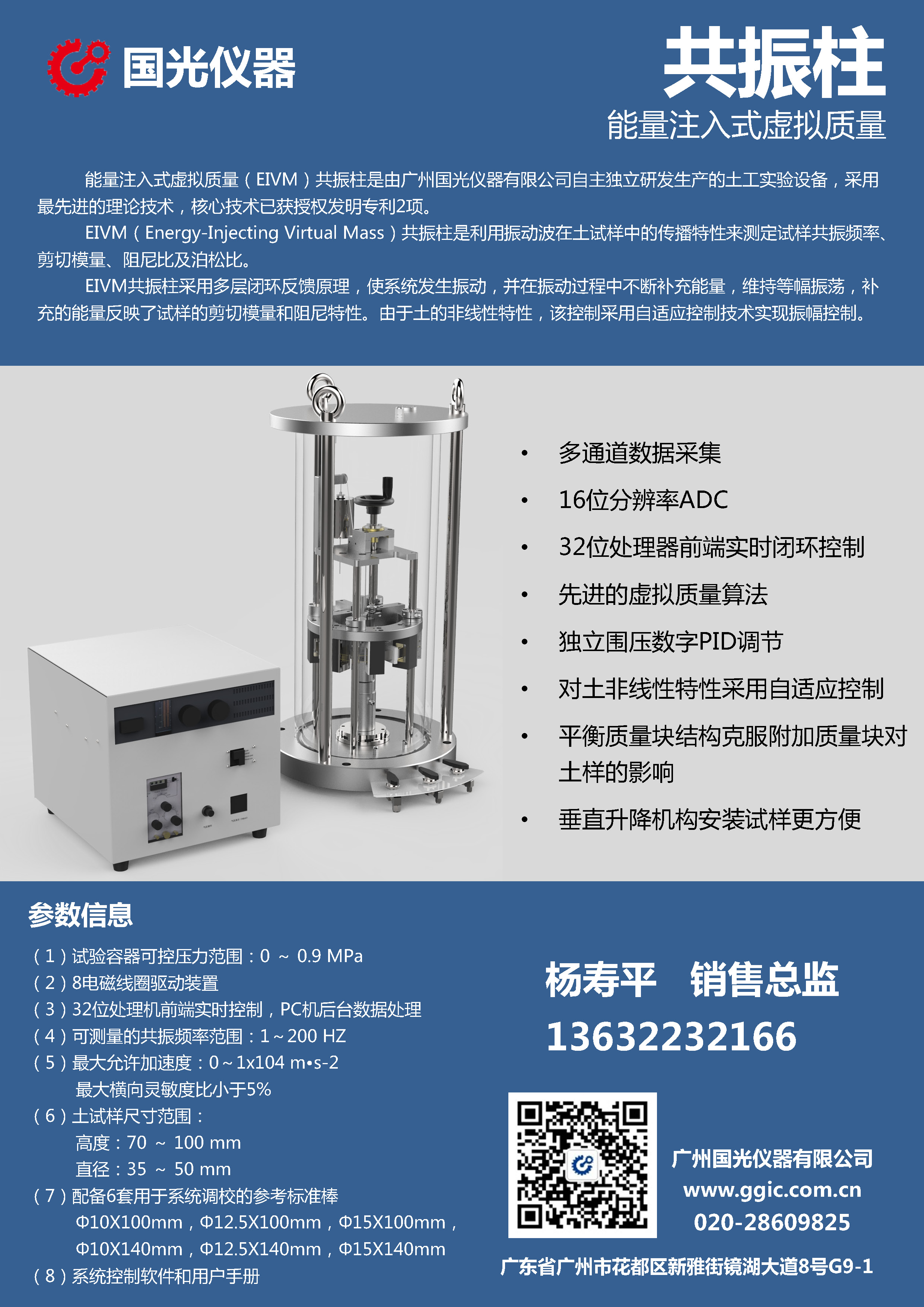
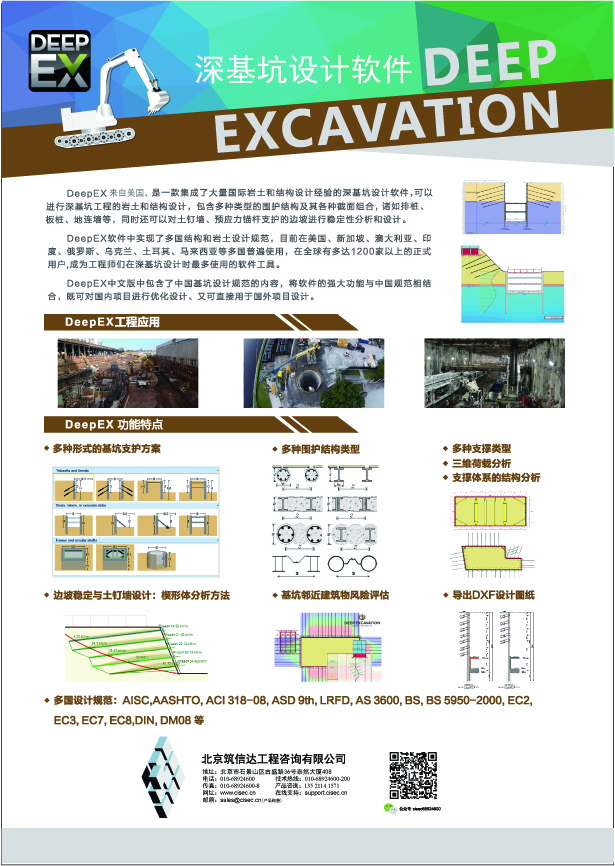
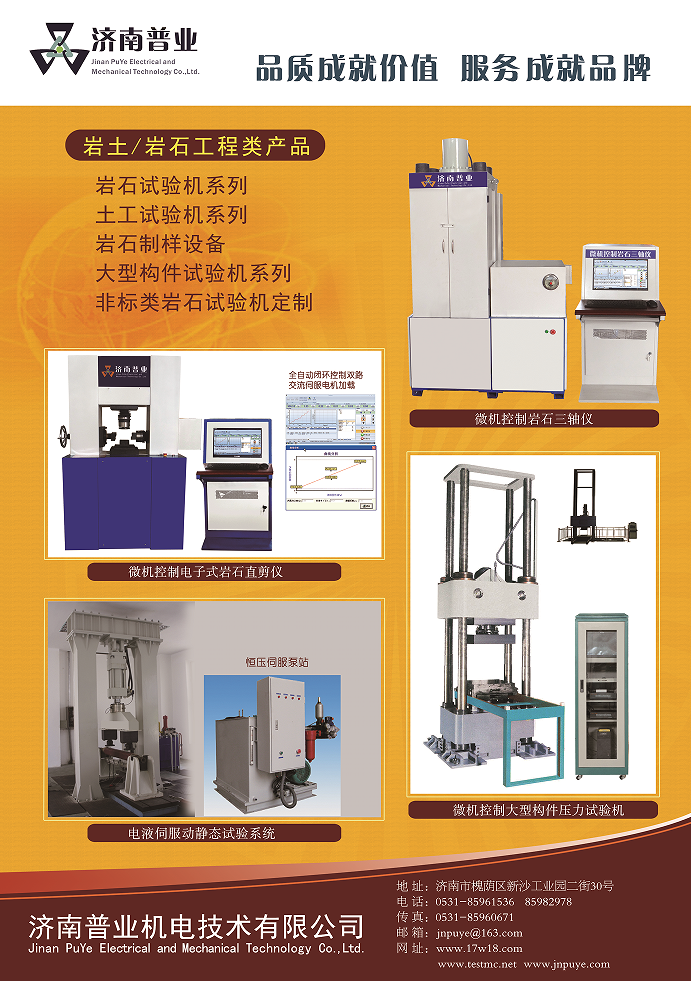
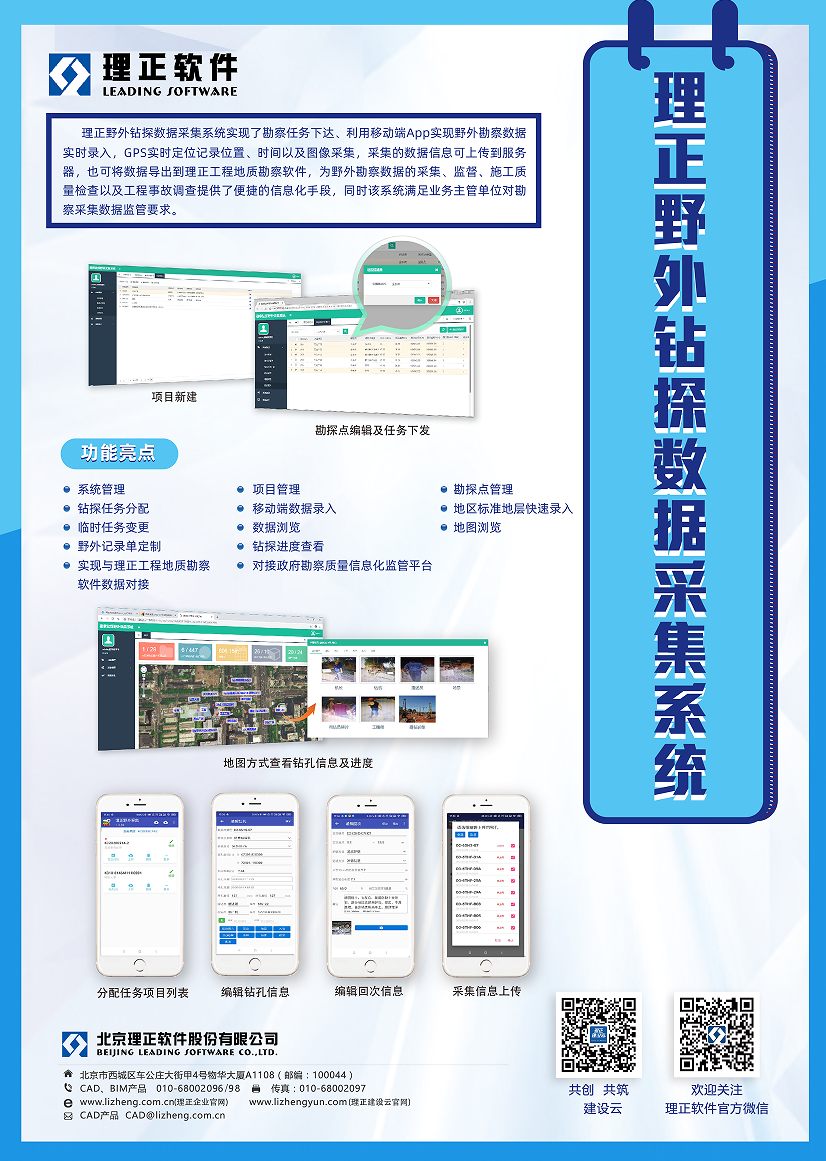
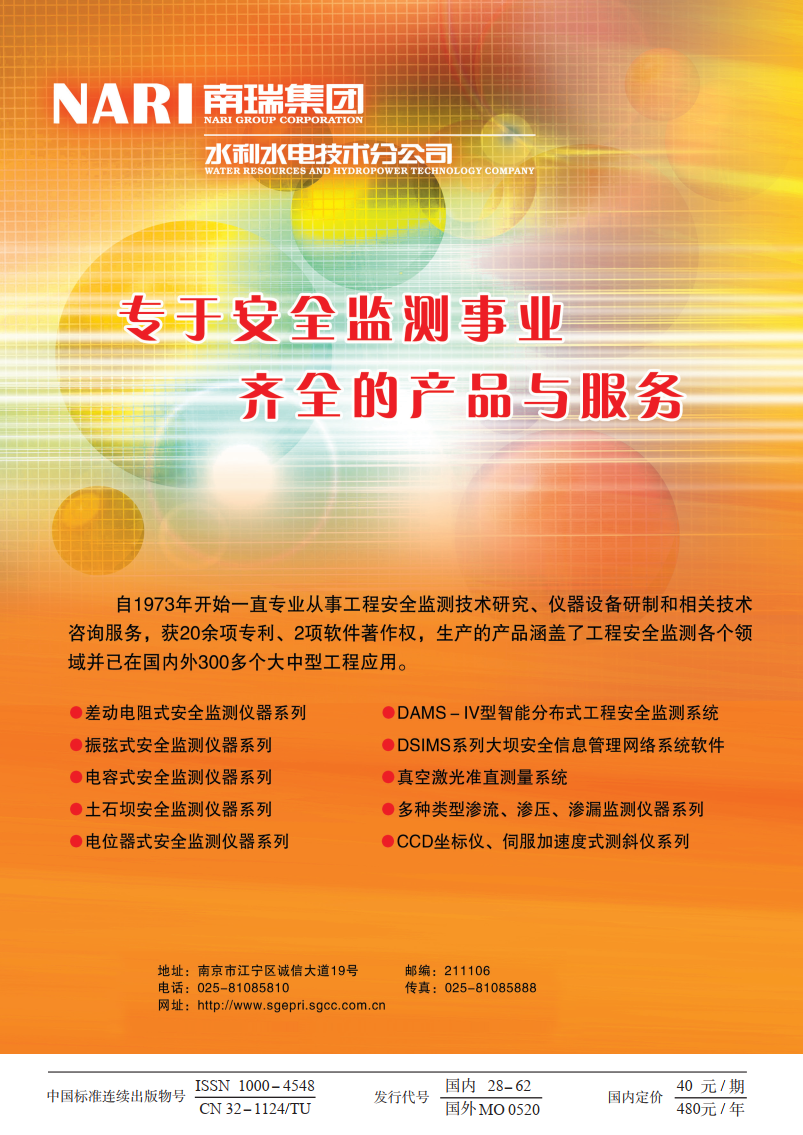
 下载:
下载:
